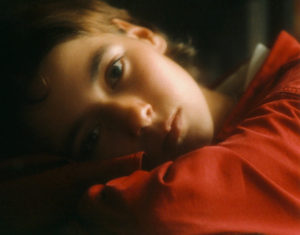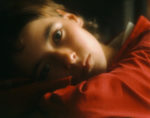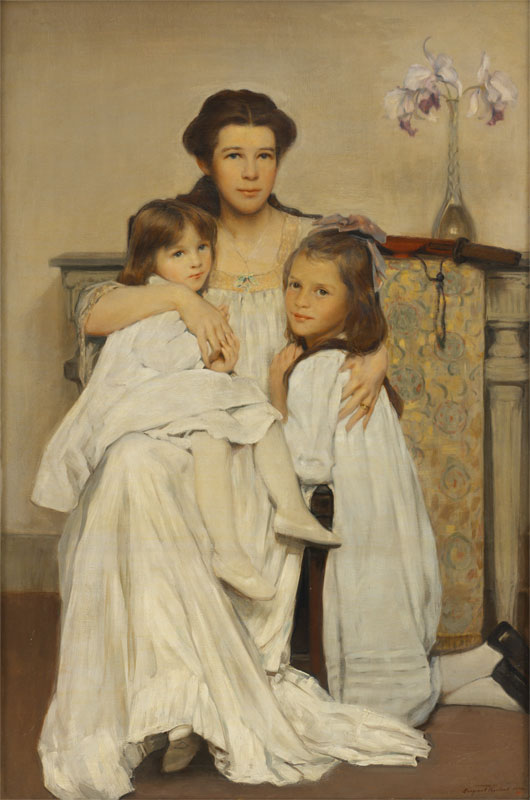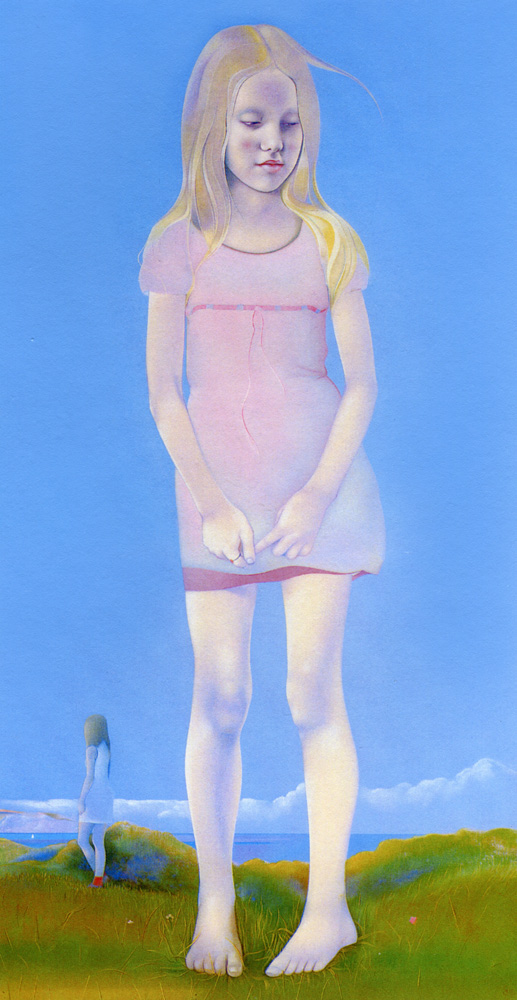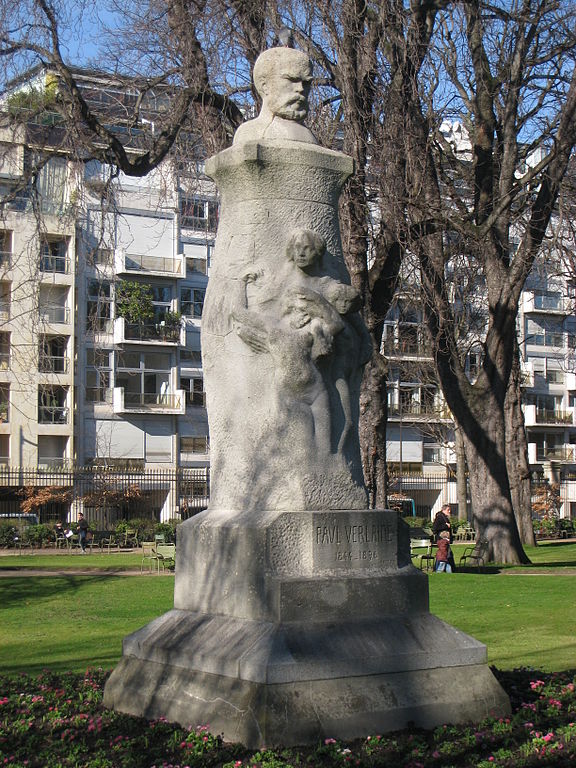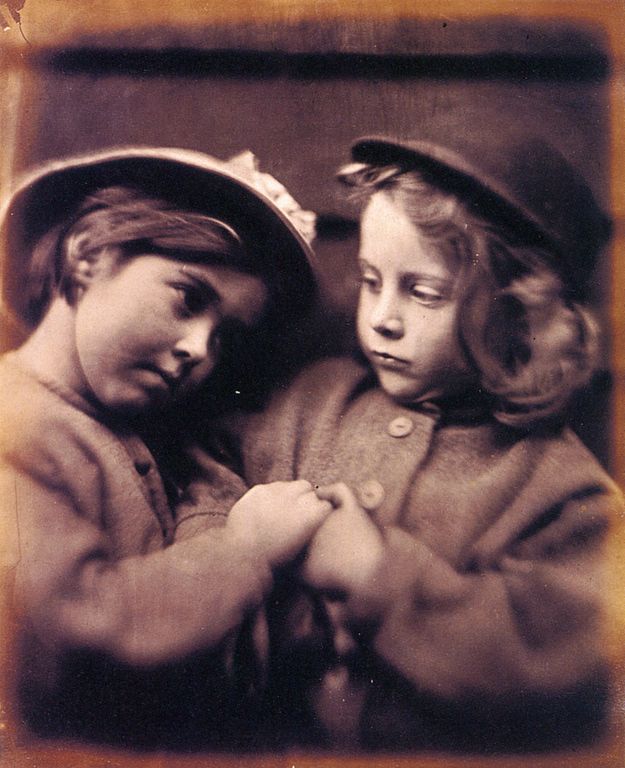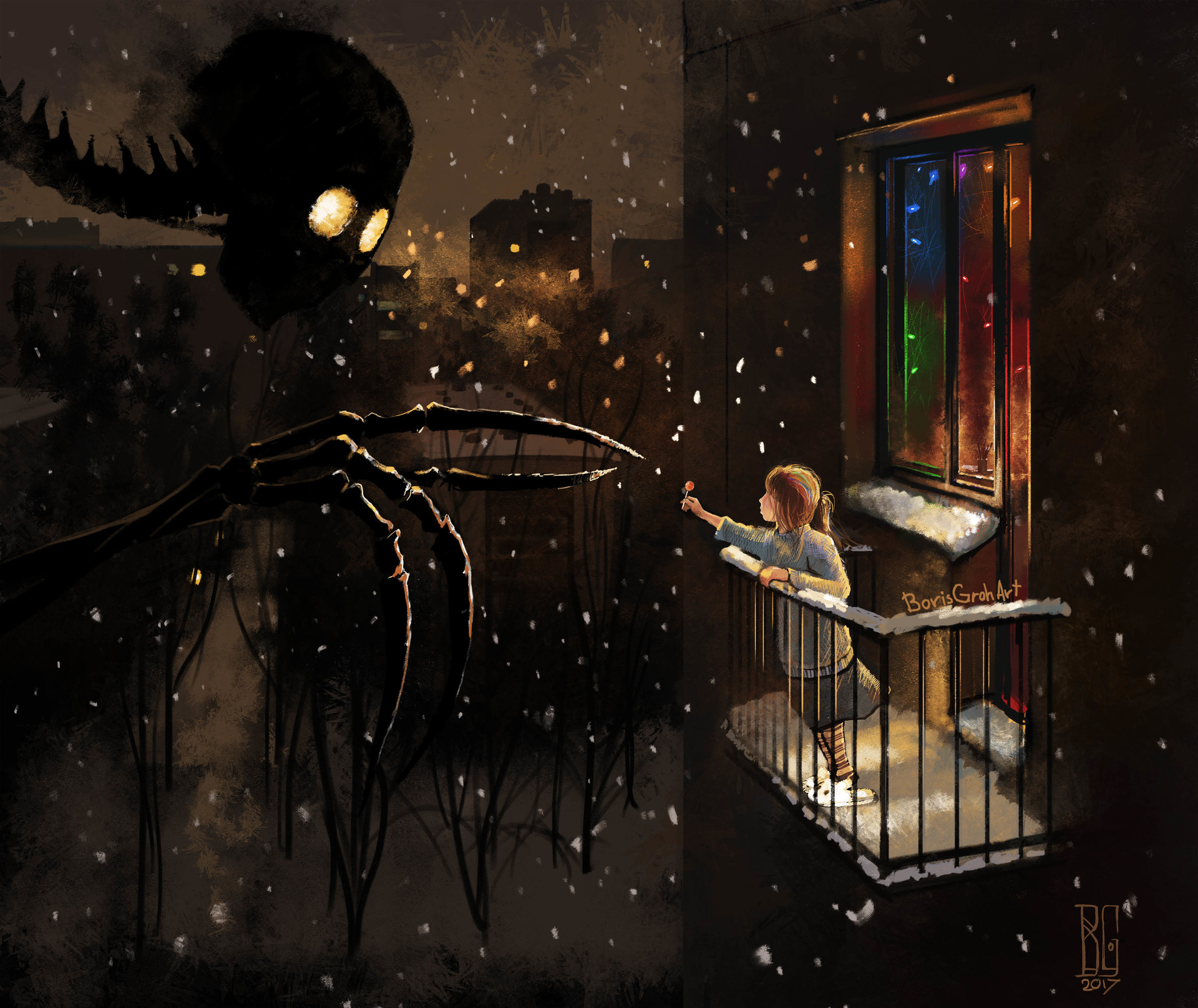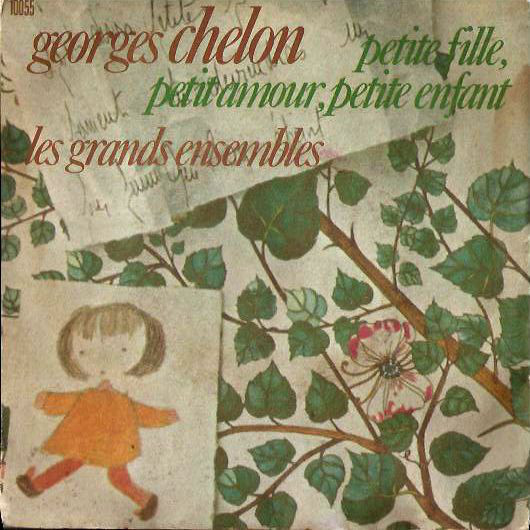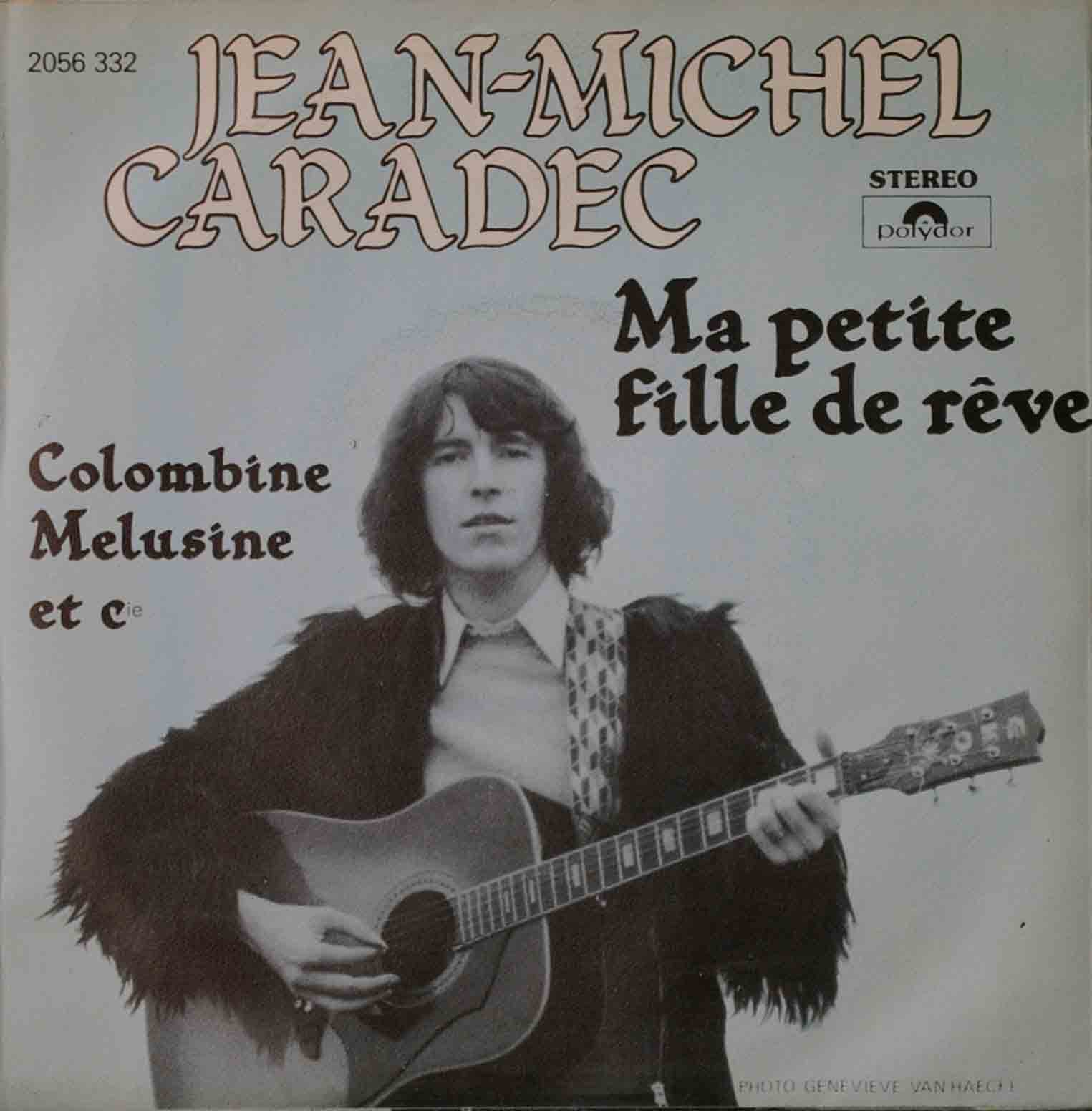
Jean-Michel Caradec est un auteur-compositeur-interprète français d’origine bretonne, né le 20 septembre 1946 à Morlaix (Finistère) et mort le 29 juillet 1981 à l’hôpital de Rambouillet (Yvelines), après un accident de la route. Il composa et interpréta de nombreuses chansons de 1969 à 1981, dont 8 albums.
Il rencontra le succès en 1974 avec son deuxième album (label Polydor, référence 2473 035, avec deux versions de couverture, voir ici et ici), intitulé Ma petite fille de rêve d’après le titre de sa première chanson. Celle-ci fut également pubiée comme face A d’un single (label Polydor, référence 2056 332, avec deux versions de couverture, voir ici et ici), et elle devint un tube. CONTINUE READING / CONTINUER LA LECTURE…
